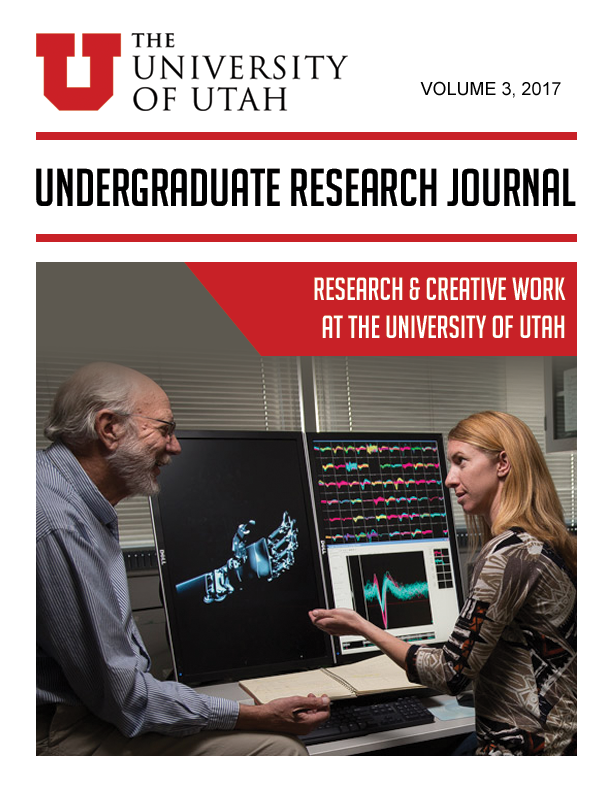Kestrels on Campus
Abstract
The University of Utah campus is home to one of the fastest and most charismatic birds in the world: the American Kestrel, Falco sparverius. These small falcons are voracious predators of rodents and insects. In addition to this ecological service provided, they can be studied as an indicator species. Indicator species provide health insights of the ecosystem they inhabit, typically because they are sensitive to changes around them. Because Kestrels rely on different prey species, declines in their population could imply imbalances in the environment. 15 nest boxes have been placed on campus to provide nesting sites to these birds and make their nests more accessible to researchers who are currently assessing the health of our Greater Campus Ecosystem. In addition to volunteer nest box monitors, cameras have been placed at key nest boxes to provide round-the-clock data collection. While the first year of monitoring has confirmed the presence of breeding American Kestrels on campus, further research will provide more insight into the habits and trends of this population. Coexisting with native wildlife is one of the most important aspects of sustainability and this research aims to maximize the reach of that mission.Keywords
Authors who submit to this journal must agree to the following terms:
a) Authors retain copyright over their work, while allowing the conference to place this unpublished work under a Creative Commons Attribution License, which allows others to freely access, use, and share the work, with an acknowledgement of the work's authorship and its initial presentation at this conference.
b) Authors are able to waive the terms of the CC license and enter into separate, additional contractual arrangements for the non-exclusive distribution and subsequent publication of this work (e.g., publish a revised version in a journal, post it to an institutional repository or publish it in a book), with an acknowledgement of its initial presentation at this conference.
c) In addition, authors are encouraged to post and share their work online (e.g., in institutional repositories or on their website) at any point before and after the conference.
d) The Author grants Marriott Library the nonexclusive, perpetual, worldwide, irrevocable right to reproduce, distribute, display, publish, archive, preserve, digitize, transcribe, translate, provide access and transmit their work (in whole or in part) for any non-commercial purpose including but not limited to archiving, academic research, and marketing in such tangible electronic formats as may be in existence now or hereafter developed.
e) Marriott Library may elect, in its sole discretion, not to exercise the rights granted herein.
f) Author shall retain copyright in and to the Work and Marriott Library shall provide proper attribution in its exercise of the rights granted herein.
g) Author is solely responsible and will indemnify and hold Marriott Library and/or the University of Utah harmless for any third party claims related to the Work as submitted for publication.



